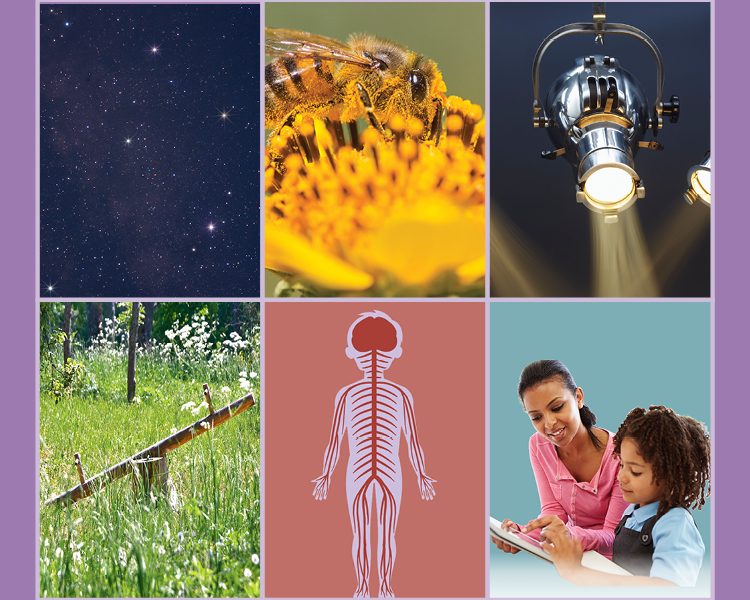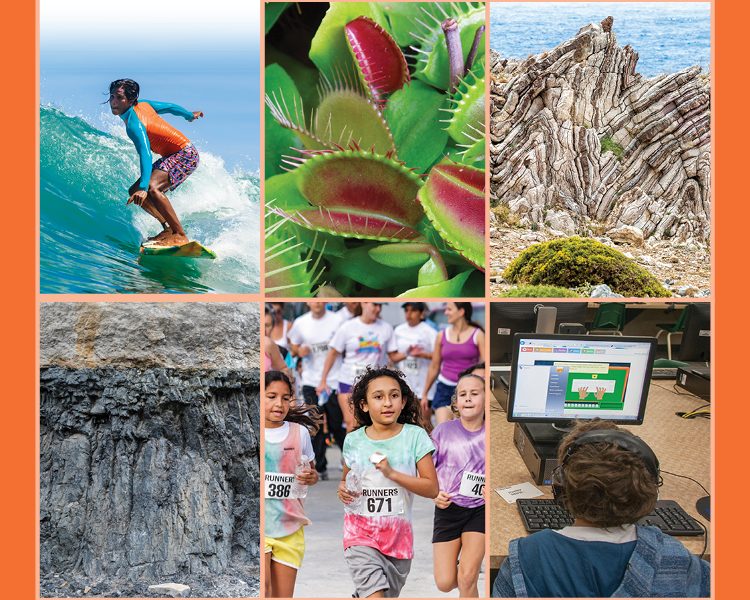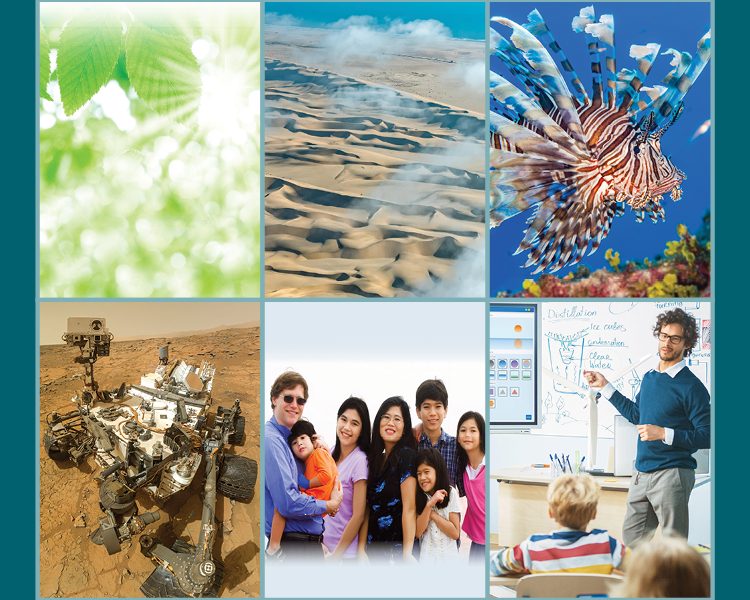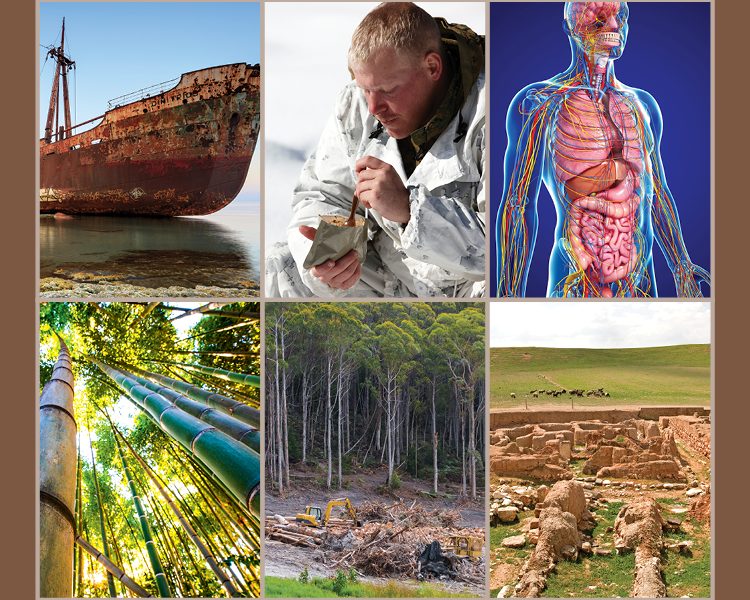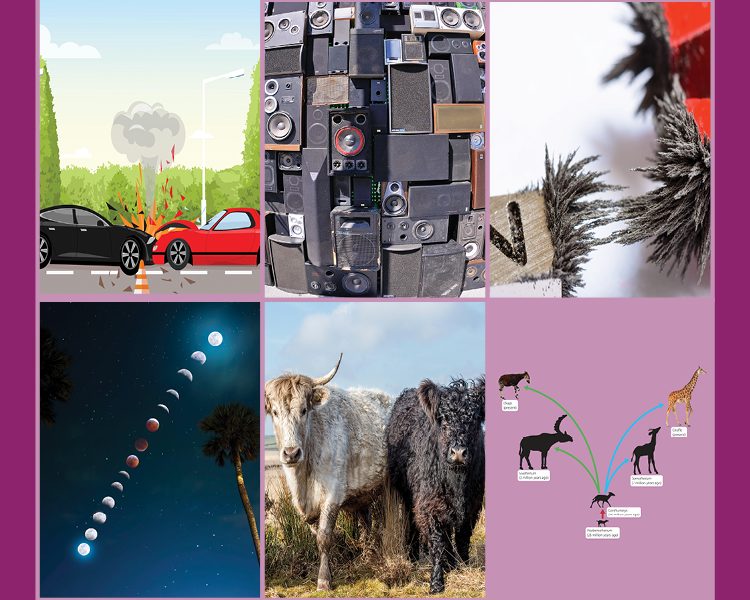Science
CKSci Grades K–2
Core Knowledge Science (CKSci) for Grades K–2 is a part of the K–5 spiral science curriculum that covers the main areas of science content: life, physical, and earth and space science. In addition, each grade level contains units of Human Body and Computer Science. Each unit is driven by the Teacher Guide and includes integrated read-aloud Student Books to develop reading skills. The content of the units at the K–2 level is informed by NGSS and stress observation and questioning, supplemented by direct content knowledge. The many class and group activities are grade-level appropriate, and designed to give students experience with science processes.
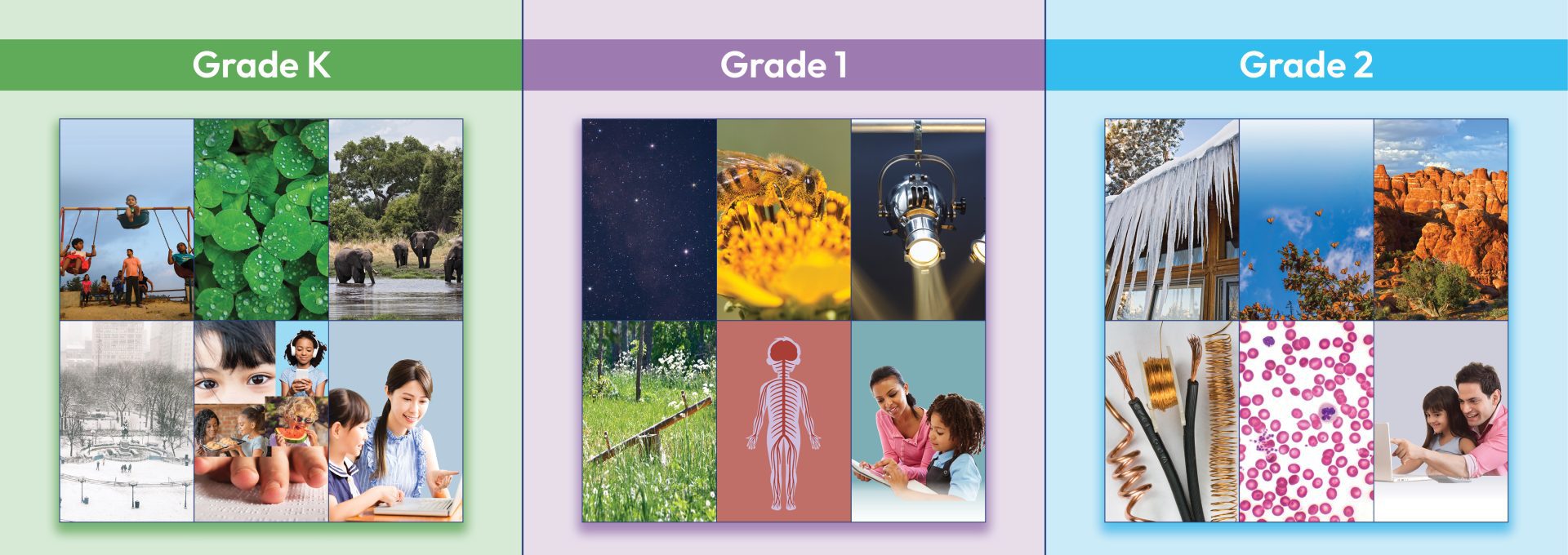
The Student Books, which are designed as read-alouds, offer engagingly written and richly illustrated text. Reading takes place as part of the flow of the unit laid out in the Teacher Guide. Each Student Book includes color photographs and illustrations and is intended to be read as a whole class activity across the instructional sequence of lessons.
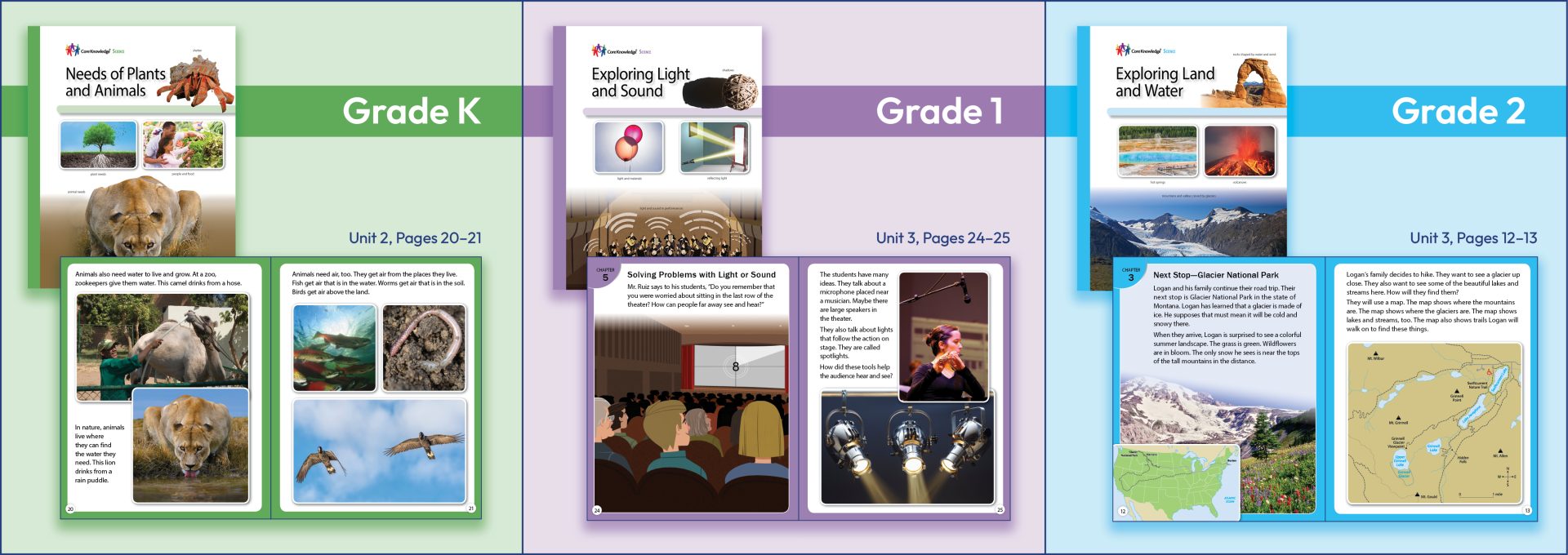
The Teacher Guide provides detailed lesson plans and is the key curriculum document for managing each unit. The TG provide lesson plans, activity page masters, assessments, and additional activities to reinforce the lesson content.
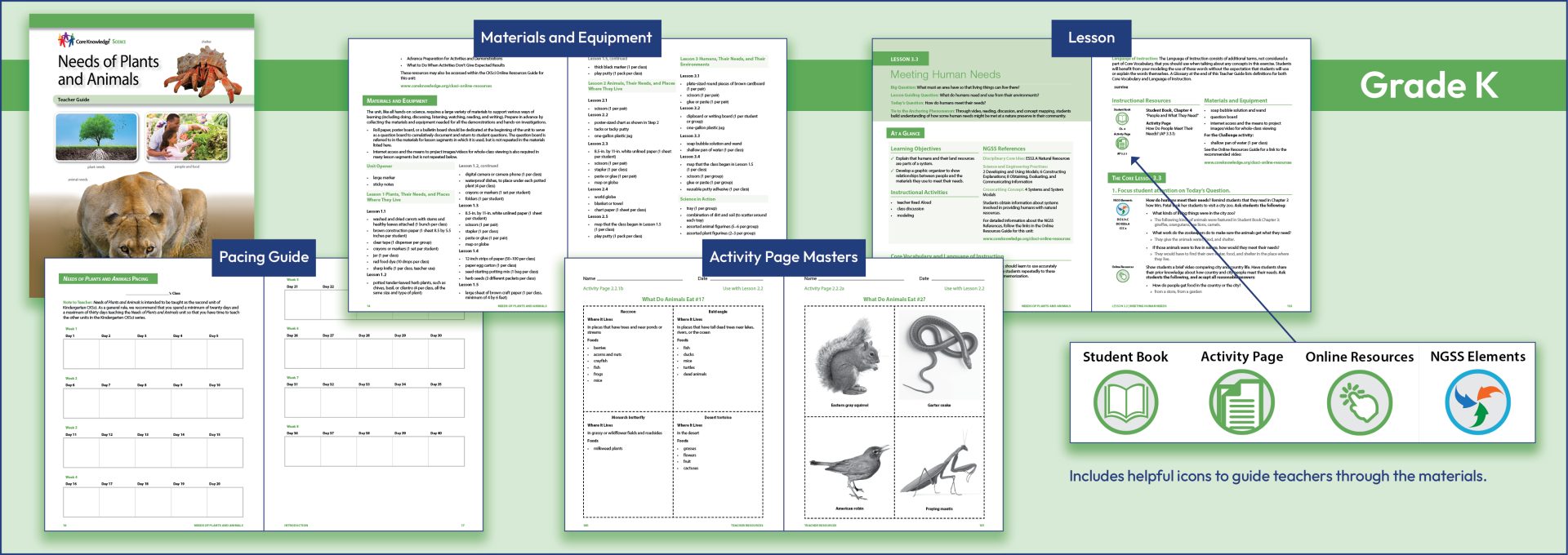
Core Knowledge Science provides a wealth of resources beyond those of the Teacher Guide, as each TG contains links to a bountiful wealth of resources that can be accessed online. Icons in the TG alert teachers to these resources, such as video connections, NGSS standards, material supply lists, pacing grids, resources for safe classrooms, and much more.
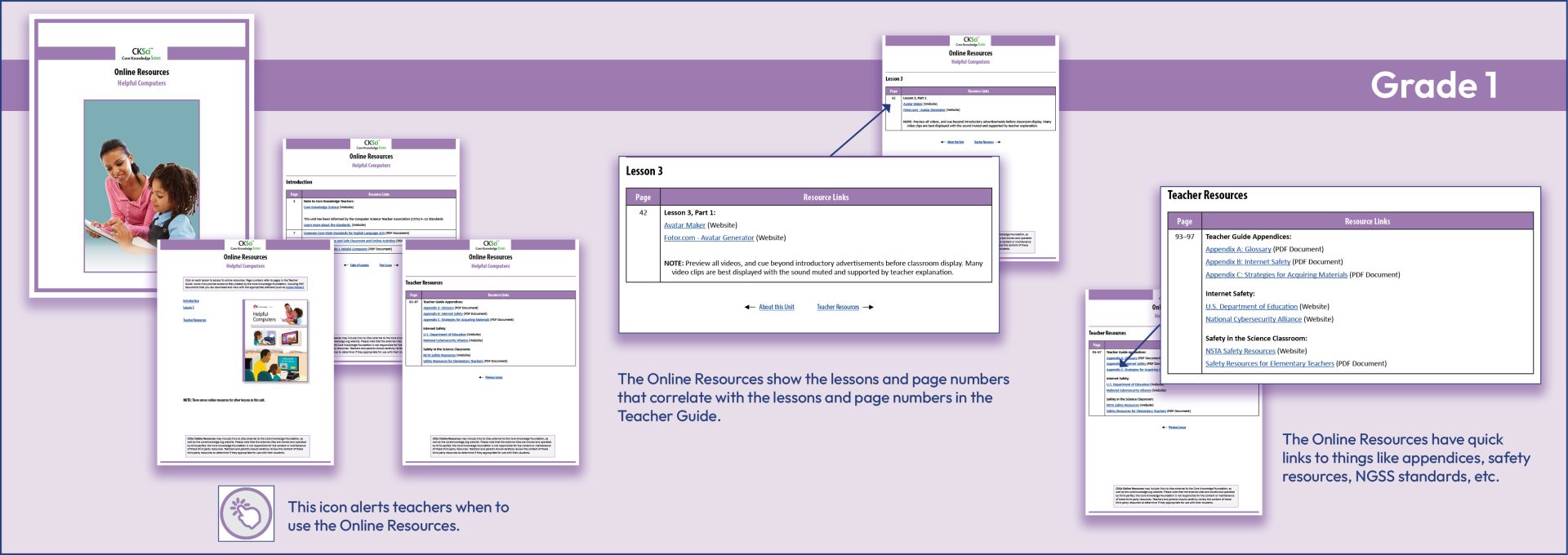
Core Knowledge Science is unique in including a unit of Human Body for each K–5 grade. The content is based on the CK Sequence, which has traditionally stated that students in elementary school should be educated about the structure and function of the human body. The K–5 lessons are sequential and appropriate for each grade level. Content stresses human body systems including the five senses, human body systems, and other major features of human biology.
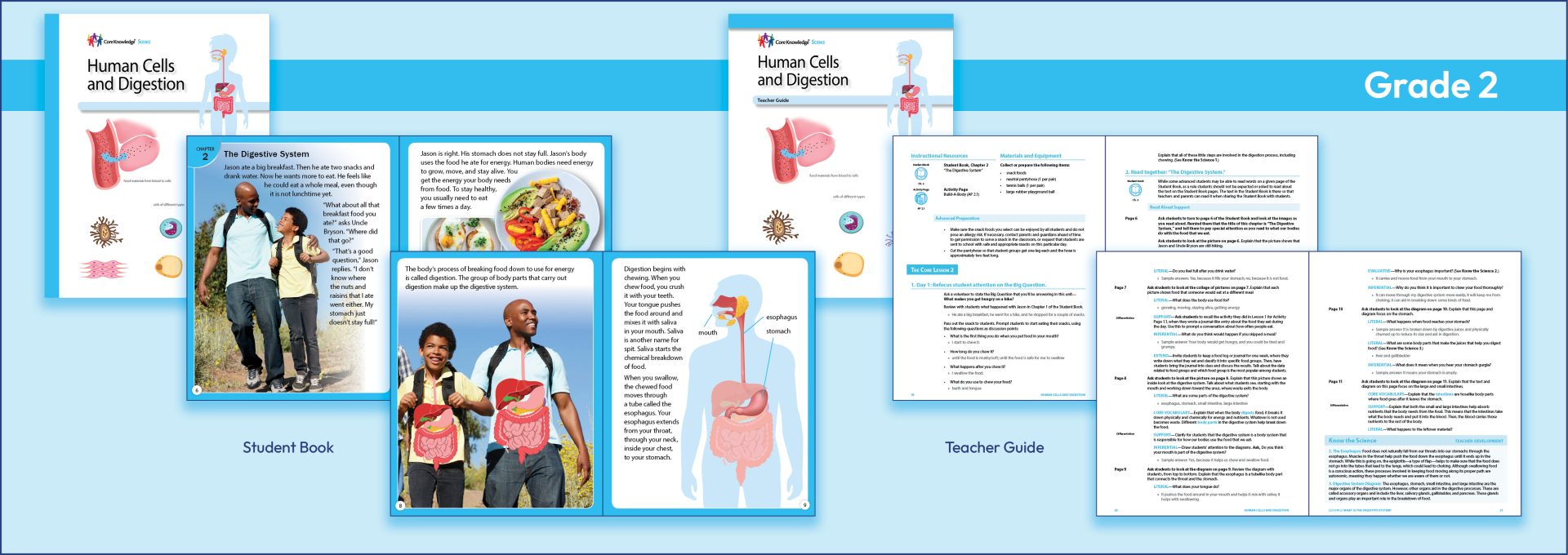
Core Knowledge Science is unique in including a unit of Computer Science for each K–5 grade. The content informed by the standards put forth by the Computer Science Teachers Association. The K–5 lessons are sequential and appropriate for each grade level. Content includes understanding the types and roles of computers in our lives, the parts of a computer, using a computer, using the Internet safely and appropriately, and learning how people can program computers.
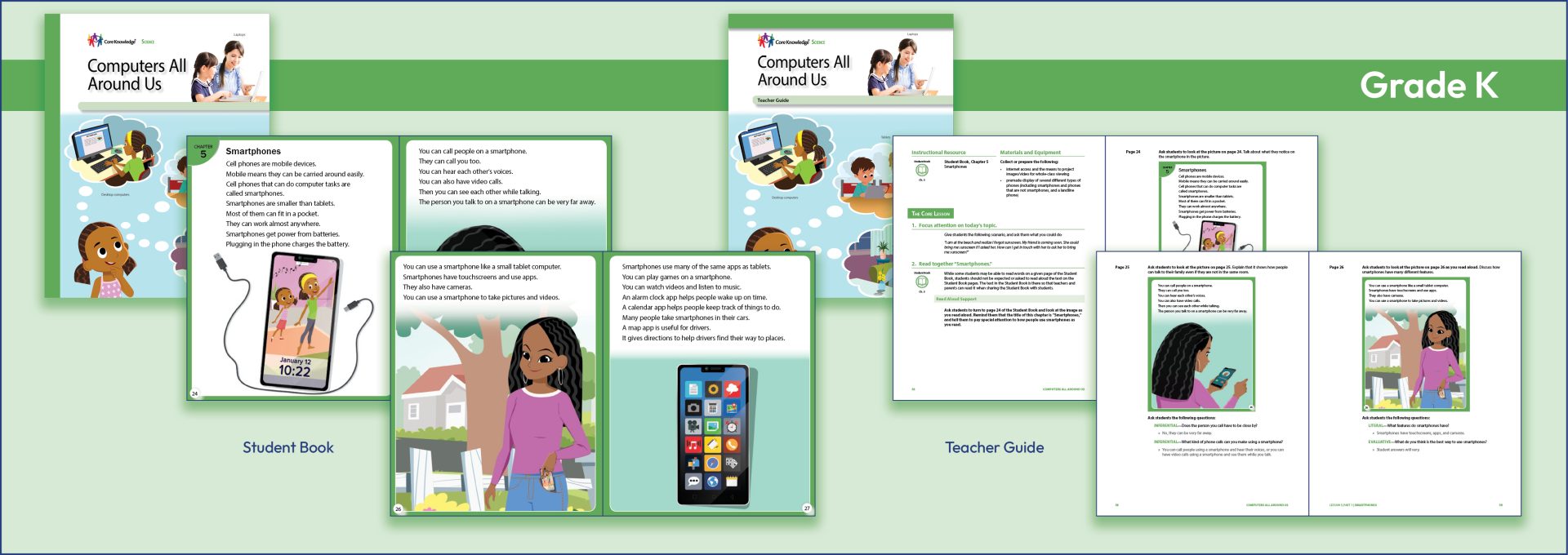
CKSci Grades 3–5
Core Knowledge Science (CKSci) for Grades 3–5 is a the part of the K–5 spiral science curriculum that covers the main areas of science content: life, physical, and earth and space science. In addition, each grade level contains units of Human Body and Computer Science. Each unit is driven by the Teacher Guide and includes Student Reader designed to be read by the students as part of a lesson flow. The content of the units is informed by NGSS and stress questioning of initial observations, conducting activities give students experience with science processes such as collecting and analyzing data and communicating results.
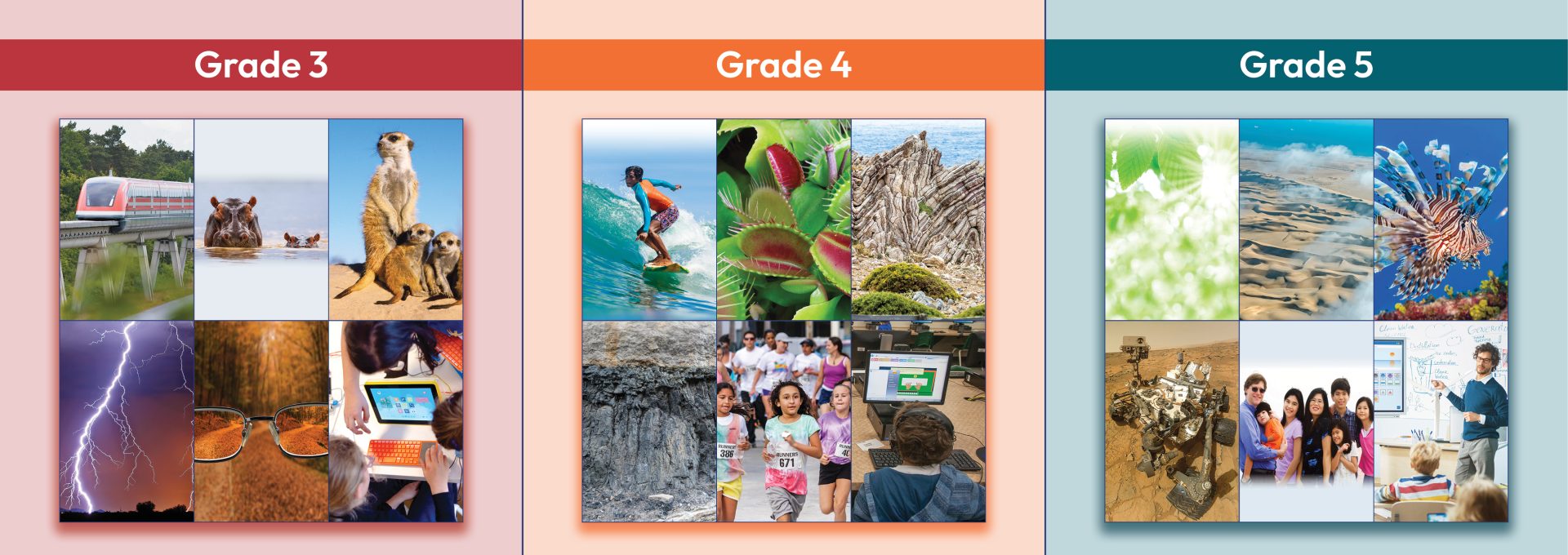
The Student Readers offer engagingly written and richly illustrated text on the topics specified for the unit. Reading takes place as part of the flow of the unit laid out in the Teacher Guide. Each volume includes color illustrations, vocabulary sidebars, and a glossary.
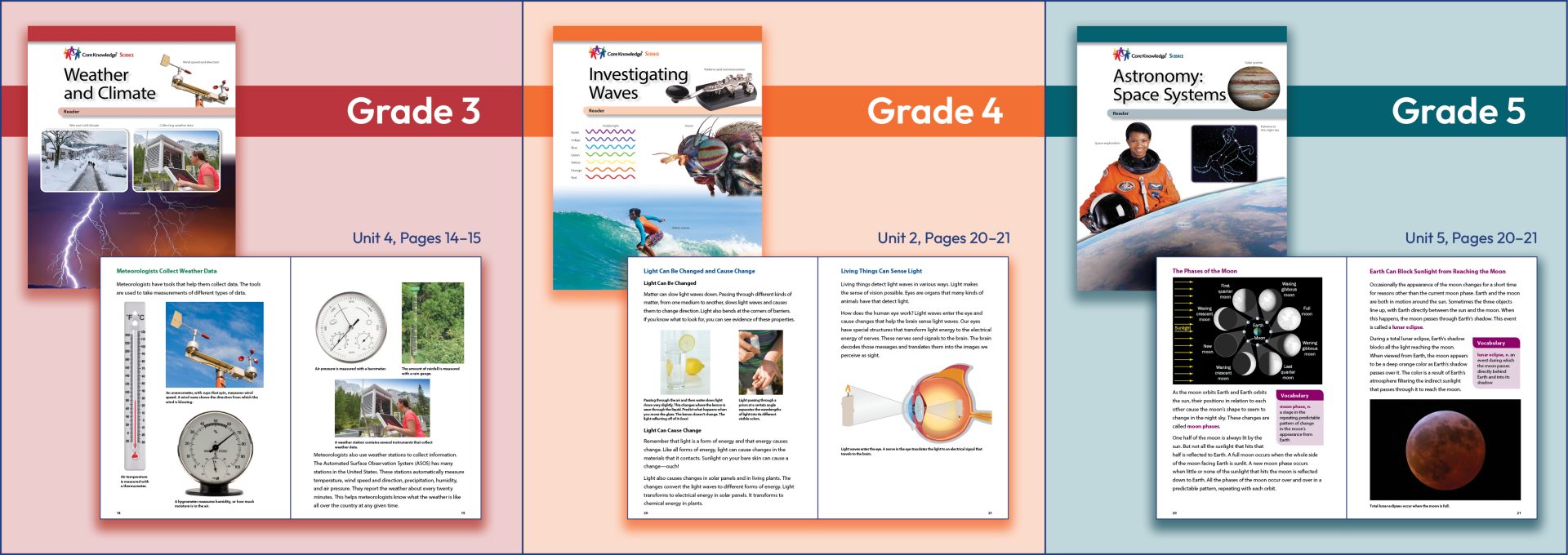
The Teacher Guide provides detailed lesson plans and is the key curriculum document for managing each unit. The TG provide lesson plans, activity page masters, assessments, and additional activities to reinforce the lesson content.
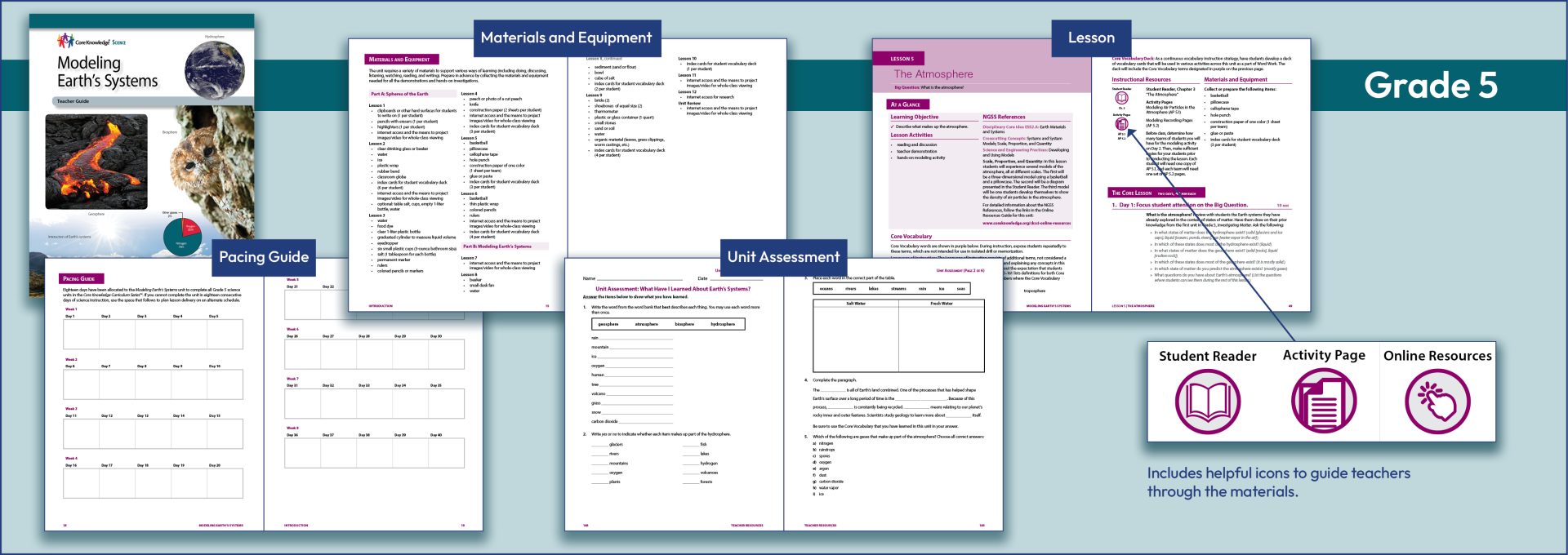
Core Knowledge Science provides a wealth of resources beyond those of the Teacher Guide, as each TG contains links to a bountiful wealth of resources that can be accessed online. Icons in the TG alert teachers to these resources, such as video connections, NGSS standards, material supply lists, pacing grids, resources for safe classrooms, and much more.
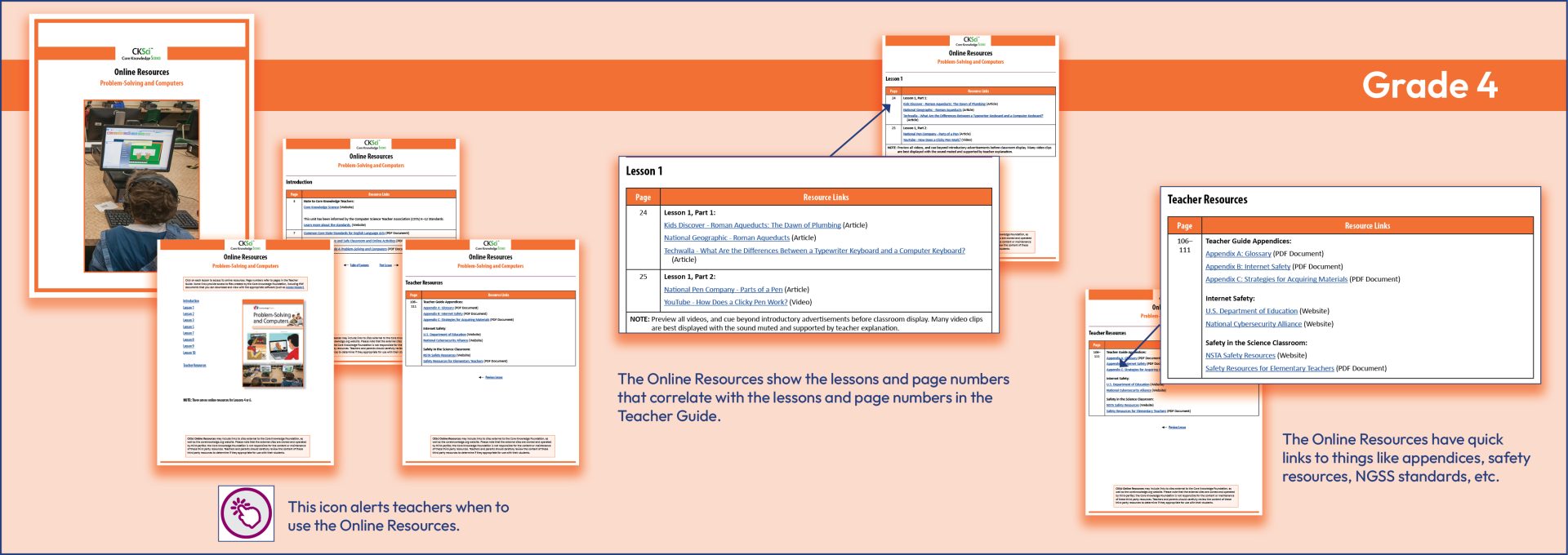
Core Knowledge Science is unique in including a unit of Human Body for each K–5 grade. The content is based on the CK Sequence, which has traditionally stated that students in elementary school should be educated about the structure and function of the human body. The K–5 lessons are sequential and appropriate for each grade level. Content stresses human body systems including the five senses, human body systems, and other major features of human biology.

Core Knowledge Science is unique in including a unit of Computer Science for each K–5 grade. The content informed by the standards put forth by the Computer Science Teachers Association. The K–5 lessons are sequential and appropriate for each grade level. Content includes understanding the types and roles of computers in our lives, the parts of a computer, using a computer, using the Internet safely and appropriately, and learning how people can program computers.
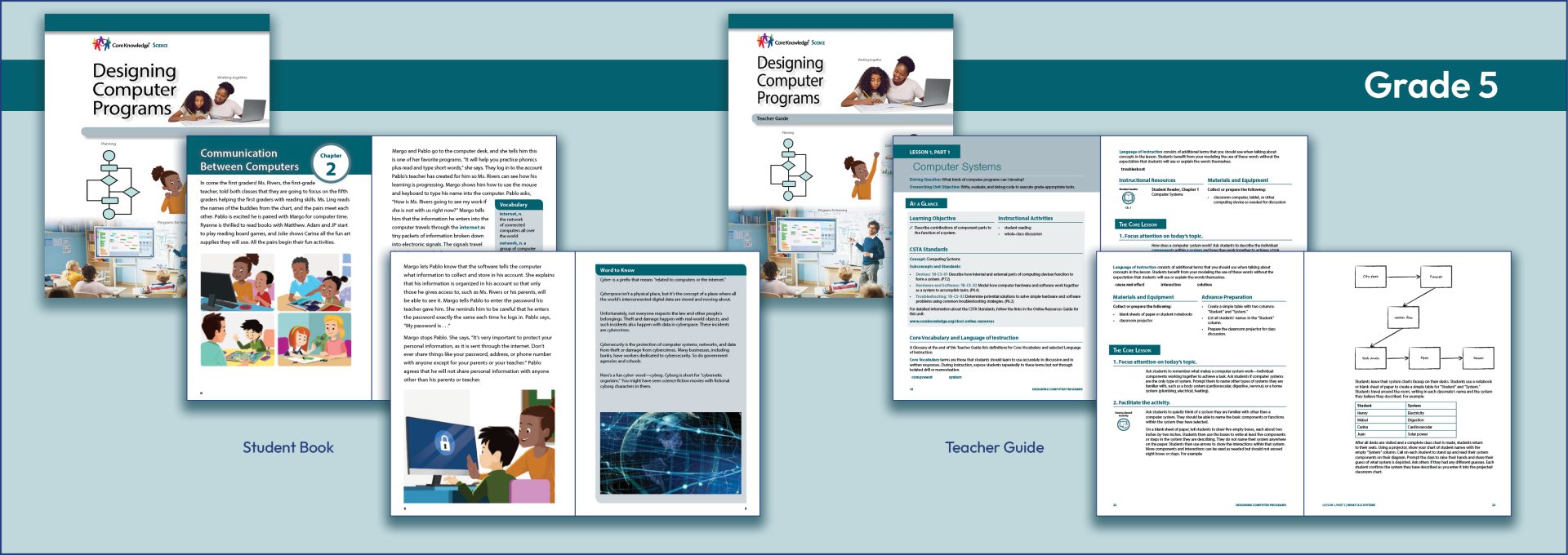
CKSci Grades 6–8
Core Knowledge Middle School Science is an enhanced republication of the OpenSciEd Middle School Project. The OpenSciEd Project implements the recommendations of the National Research Council in its 2012 Framework for K–12 Science Education (National Research Council, 2012 and the Next Generation Science Standards (NGSS). The objective of the OpenSciEd Project is to create and disseminate instructional materials that implement the approach to science teaching and learning that has come to be known as three-dimensional science learning since the release of these documents. Core Knowledge Middle School Science adds a wealth of science literacy reading and activity to the OSE program.
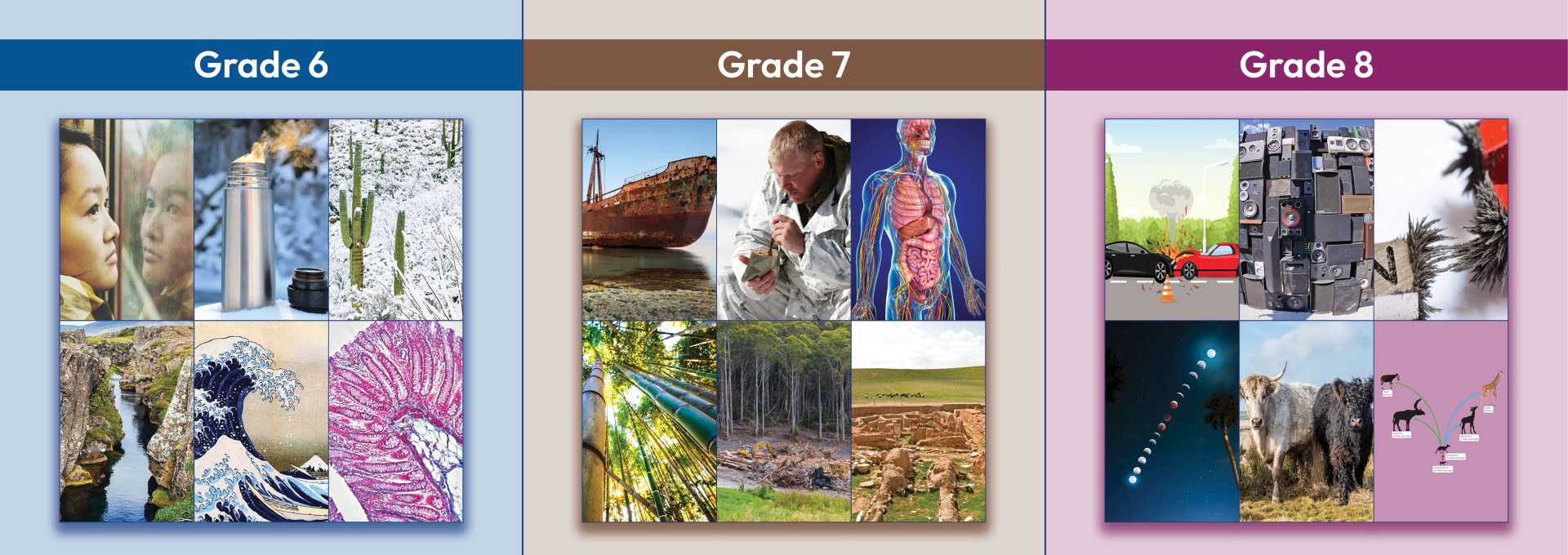
The Student Reader contains collections of science literacy readings (reading in the sciences, science in art, literature, music, social media and more) that accompany, and are integrated with, the activities in the Teacher Guide. The Student Reader includes one reading collection per week for every week of the unit. Related exercises are designed to be completed by students independently, with brief, supporting, teacher-facilitated discussions.
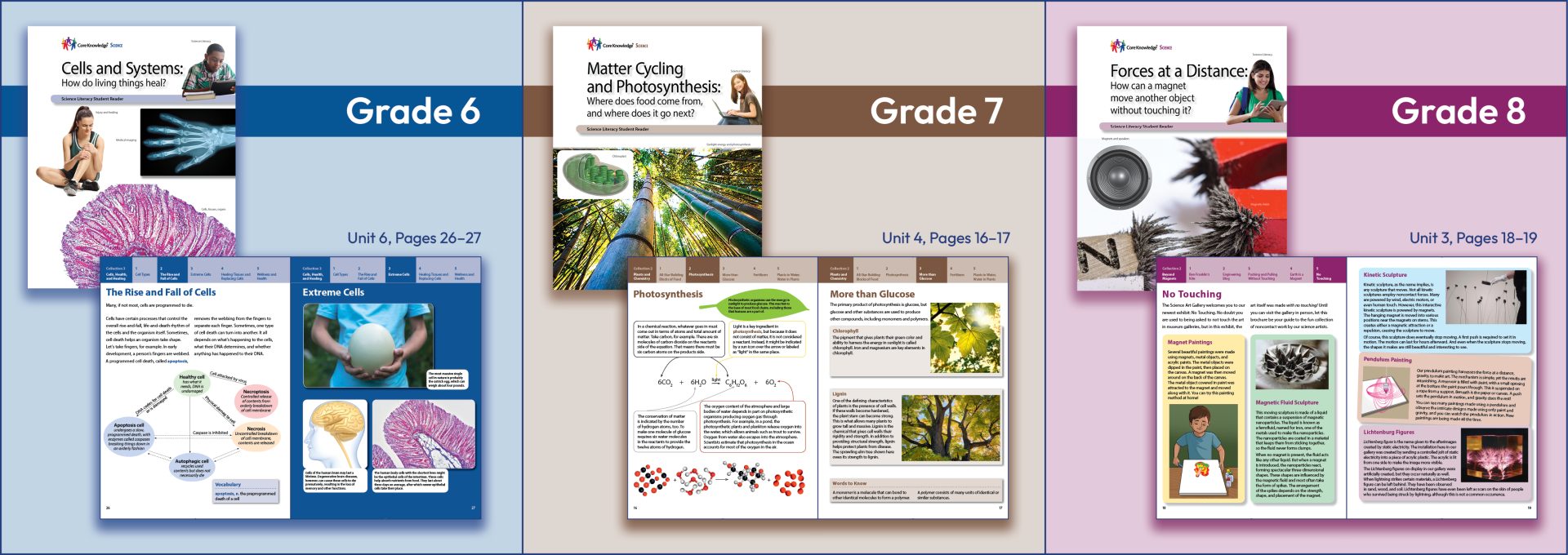
The Student Procedure Guide provides step-by-step instructions that help students with their unit activities. The Guide contains procedures, questioning strategies, discussion ideas for student interactions, and much more.
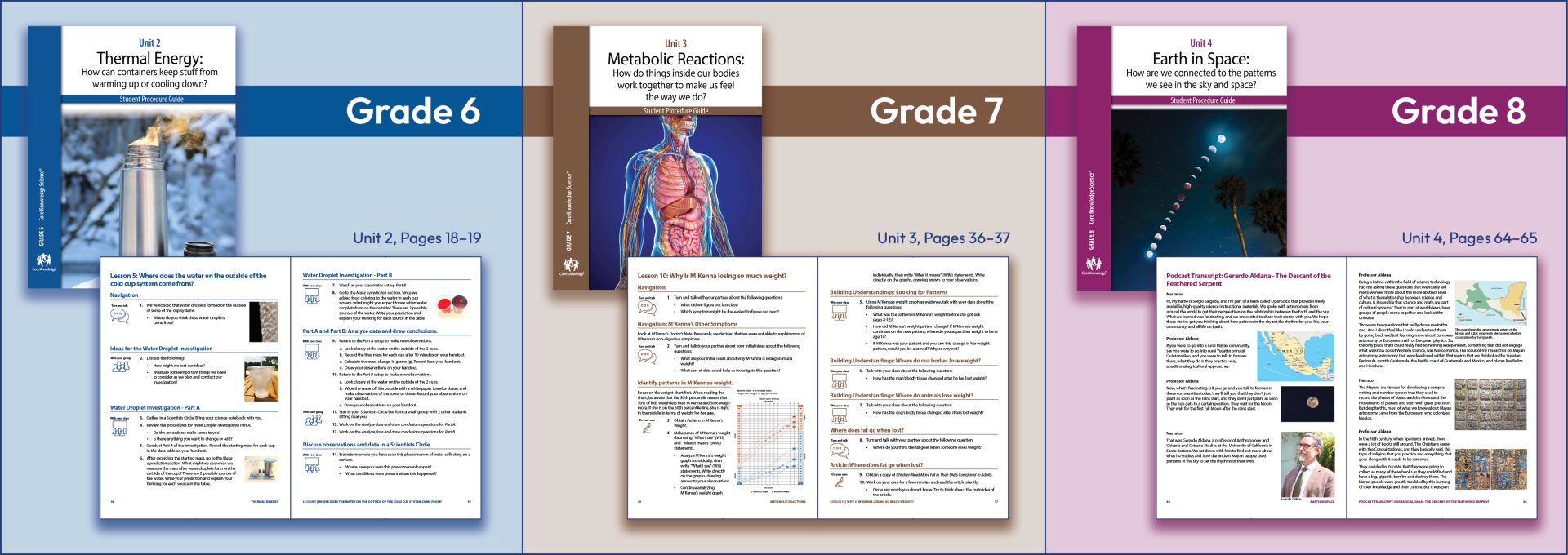
The Student Work Pages provide exercise pages for students to record data, make observations, create drawings, complete text and diagrams, understand activity steps, work with tables and graphs, and many other similar student-based assignments.
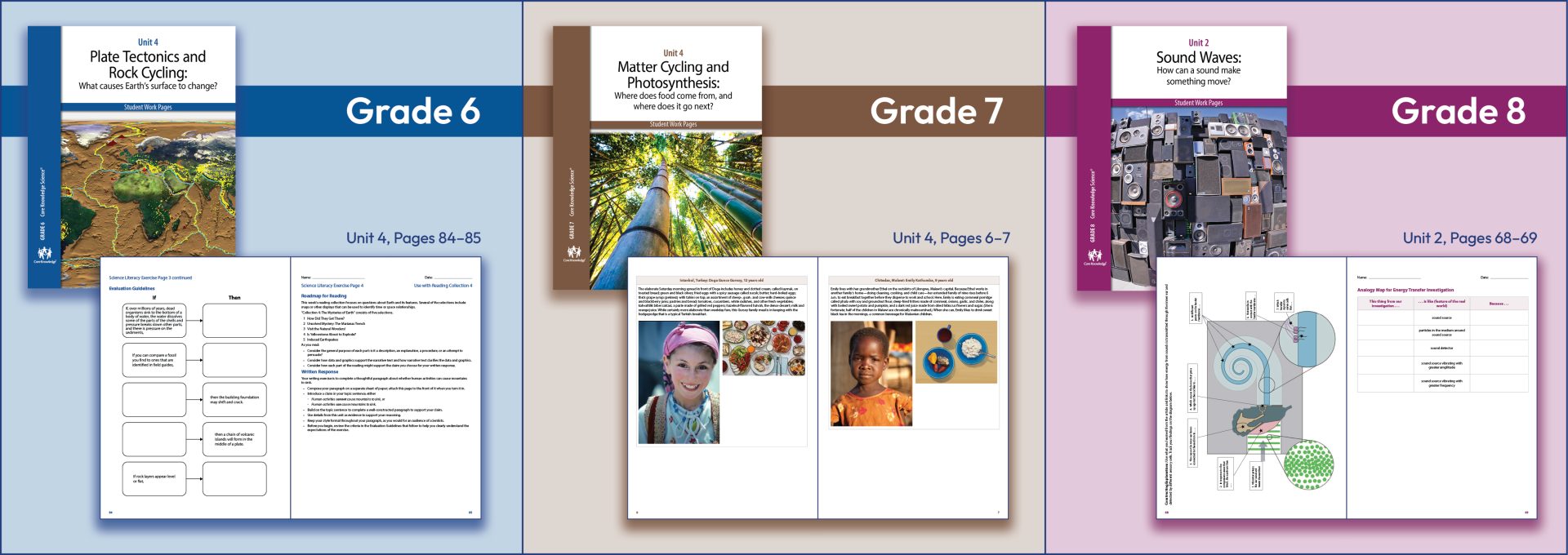
The Teacher Guide provides comprehensive lessons and lesson plans for an entire unit of study. Included in the Teacher Guide is a wealth of additional resources for each lesson, including links to a set of presentation slides that are invaluable for use in the classroom.
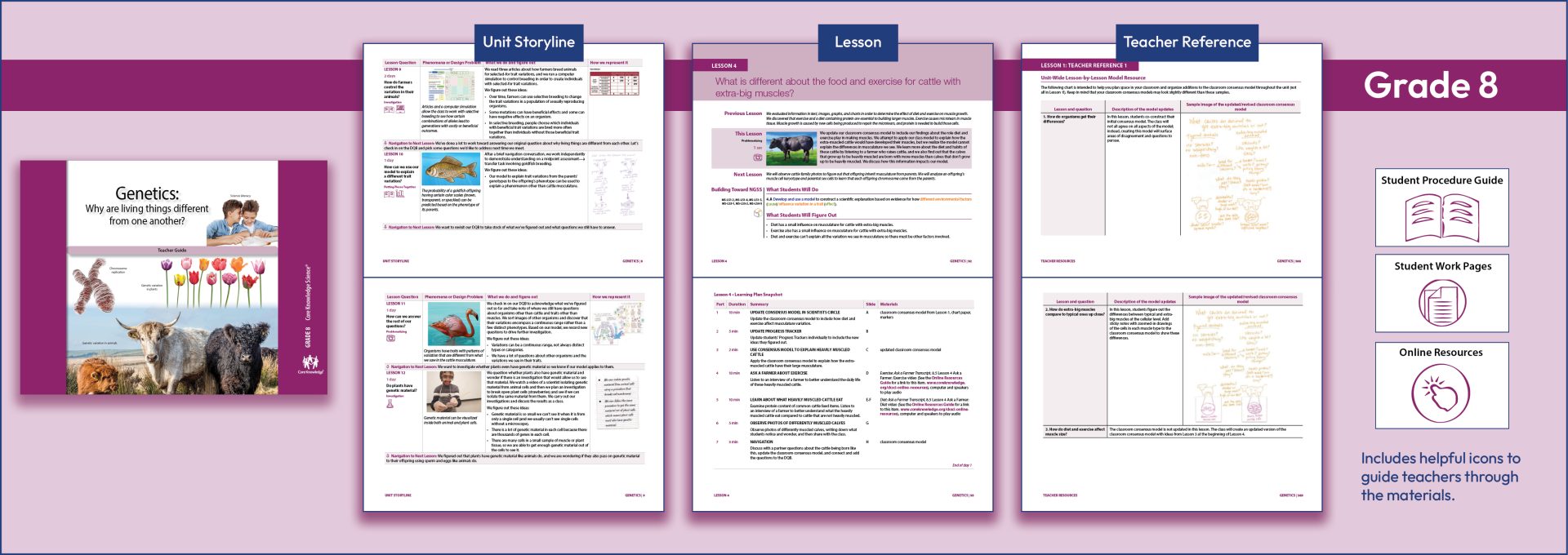
The Core Knowledge Teacher Guide contains icons to alert teacher to to a wealth of resources they can access online, such as video connections, NGSS standards, material supply lists, pacing grids, resources for safe classrooms, and much more. Each unit of study had a bountiful collection of superb resources.
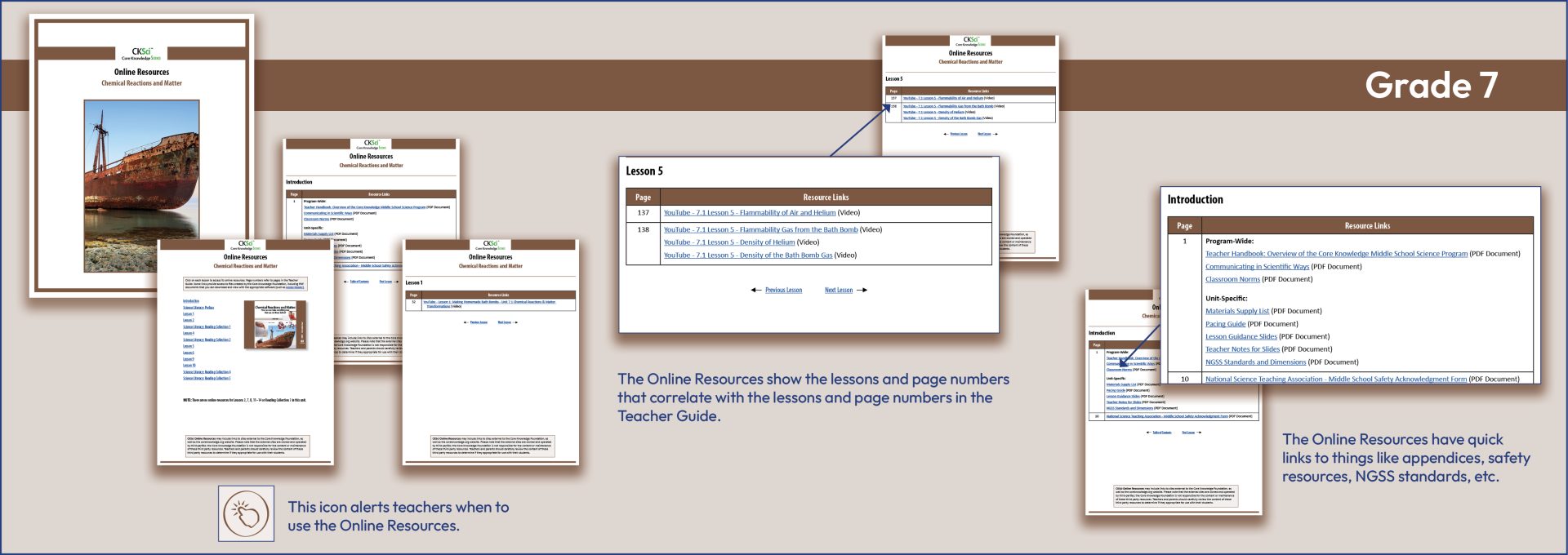
CKSci Online Resources
Core Knowledge Science (CKSci) provides a wealth of resources beyond those of the Teacher Guide, because each TG contains links to a bountiful wealth of resources that can be accessed online. Icons in the TG alert teachers to these resources, such as video connections, NGSS standards, material supply lists, pacing grids, resources for safe classrooms, and much more.
Related Curriculum
CKSci follows our approach to knowledge-based schooling. It allows students to build and deepen their knowledge grade by grade and to make cross-curricular connections across subjects.
CKHG and CKLA
Core Knowledge Language Arts (CKLA) offers early exposure to many of the same core ideas as CKSci, supporting a student’s learning progression toward an ever more complex understanding of science.
CKLA lays a foundation of knowledge and literacy about a topic before students are expected to investigate phenomena through the lens of scientific practices and crosscutting concepts. It covers many of the same topics as CKSci, like light, sound, habitats, and astronomy, specifically for the purpose of building background knowledge and literacy with informational texts.
Computer Science Strand
Core Knowledge Science has a unique strand associated with its core science program—Computer Science. Each grade level, K–5, has one unit devoted to computer science education. The topics are grade-level appropriate and have been informed by the Computer Science Teachers Association standards. Students learn about computers in our world, safe computer use online, and learn how computers can be programmed to do tasks to help developed an efficient society.
Human Body Strand
Another stand unique to the Core Knowledge Science curriculum is Human Body. Each grade level, K–5, has one unit devoted to human biology education. The topics are grade-level appropriate examination of some aspect of the anatomy and physiology of human beings. From exploring the five senses in Kindergarten to understanding the role of hormones in Grade 5, this suite of units adds an important and personal component to CK Science.
Integrated Biographies
The 2023 Core Knowledge Sequence stresses knowing the history of science as told through the lives and contribution of past and present scientists. CKScience K-5 contains lessons or integrated features of notable scientists. These biographies flesh out the student’s science knowledge, adding a continuing reminder that science is a human endeavor.
Download Free CKSci Materials
Core Knowledge Science curriculum materials are available for free download. New units are in development and will be added when ready.


